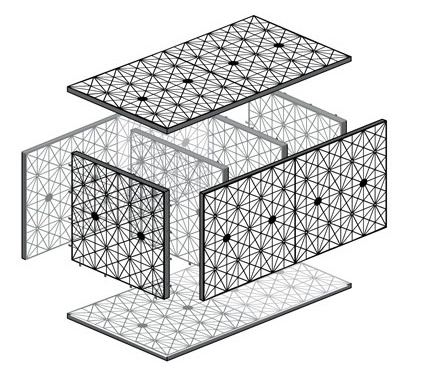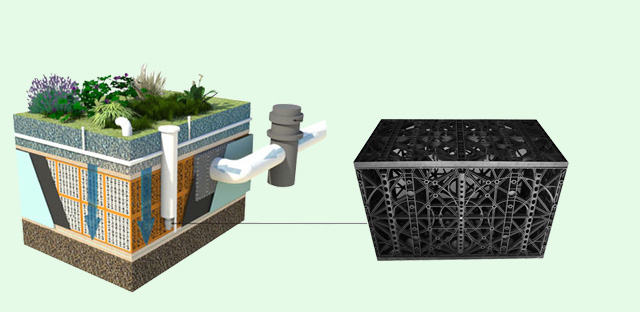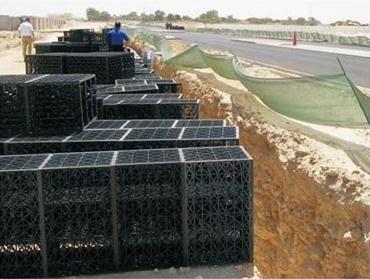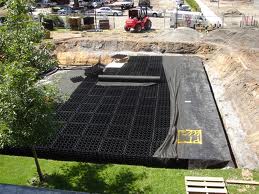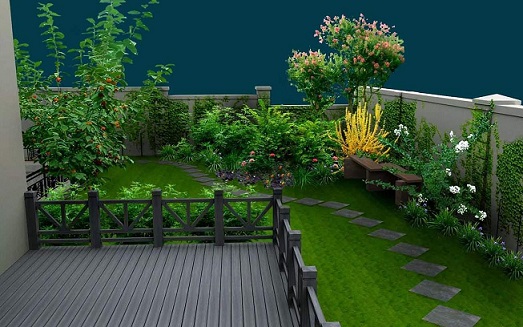Rainwater Havesting Technology
RainTank is a third-generation, underground stormwater storage system suitable for all detention, retention and water harvesting applications. Because RainTank is designed specifically for its applications, it offers several advantages to pipe and arch systems.
RainTank exhibits a 95% storage volume to system size efficiency, enabling more storage in significantly less space – less excavation, less soil wasting, less engineered fill requirements.
RainTank does NOT require stone or gravel below, around or above for support or additional storage capacity – eliminating the need for these expensive and diminishing resources.
Because RainTank is a structural module, it can be placed to a depth of 10′ without concern from lateral or vertical soil pressures. In addition, the cost of storage volume remains constant within this range of depth, making RainTank comparatively more economical as the depth of storage increases.
Produced as an open structure, RainTank enables fine sediment removal throughout the entire storage system [fine sediments are inherent within all systems, regardless of pretreatment system type]. Unlike stone/rock aided pipe/arch systems in which only the pipe or arch portion can be cleaned, RainTank maintains both its volume potential and its infiltration capability for the entire system design life.
RainTank modules enable field adjustments mandated by obstructions or unknown soil/groundwater conditions without any or major change orders, cost increases and time delays. RainTank does not need a header system or long storage ‘runs’ which are virtually non-adaptable to unexpected field conditions or changing design requirements. RainTank modules can simply be shifted laterally or vertically or increased/decreased in height to accommodate such problems as old foundations, utilities, high groundwater etc.
RainTank offers several LEED™ credit potentials – generated in part through its composition of 85% recycled polypropylene.
RainTank requires a thin 18″ structural soil cover to support for H20 loads. And with only a 3″ sand layer required beneath the RainTanks for leveling purposes [‘none’ if sandy subsoils are present], the 21″ maximum soil removal depth generates cost effective, in-place storage systems.


